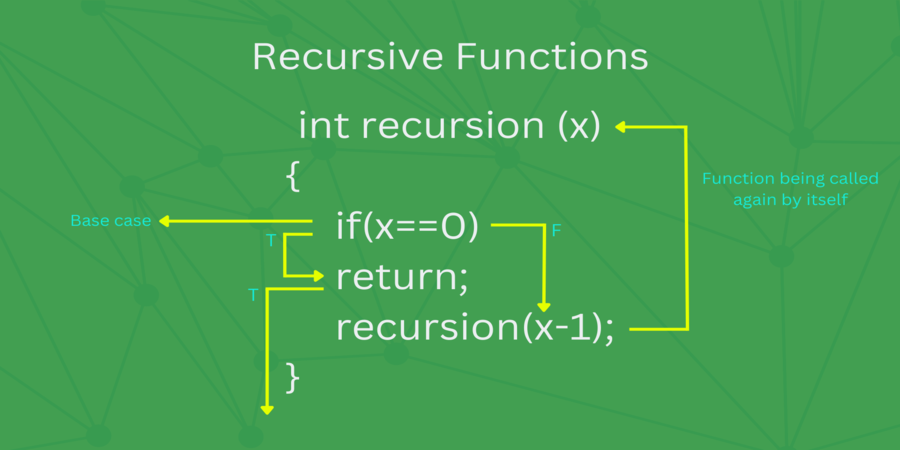

What is an initial coin offering (ICO)?
The rise of blockchain technology has opened up new possibilities for fundraising, one of which is Initial Coin Offerings (ICOs). ICOs are a new way for companies to raise funds by issuing their own cryptocurrency tokens to the public. The concept has gained immense popularity in recent years, with ICOs raising billions of dollars for companies. This article will provide a comprehensive overview of what ICOs are, how they work, and their potential risks and benefits.
What is an ICO?
An Initial Coin Offering (ICO) is a fundraising mechanism that allows companies to raise funds by issuing their own cryptocurrency tokens to the public. These tokens are often designed to be used on the company's platform or service, or as a store of value. ICOs are similar to Initial Public Offerings (IPOs) in that they allow companies to raise funds from the public, but instead of selling shares, companies sell cryptocurrency tokens.
How do ICOs work?
In an ICO, the company creates a whitepaper outlining the details of the project and the tokens that will be issued. The whitepaper typically includes information on the technology behind the project, the team behind the project, the timeline for development, and the potential benefits of the project. Investors can then purchase these tokens using cryptocurrencies such as Bitcoin or Ethereum.
ICO Risks
ICOs are a relatively new fundraising mechanism and are associated with several risks. The lack of regulation in the ICO space means that investors may be vulnerable to fraud and scams. Some ICOs have been launched with no intention of ever developing the project, and some have been launched with the sole intention of defrauding investors. Additionally, there is no guarantee that the project will be successful, and investors may lose their entire investment.
ICO Benefits
Despite the risks, ICOs offer several benefits to companies. ICOs allow companies to raise funds without going through the traditional fundraising process, which can be time-consuming and expensive. ICOs also allow companies to raise funds from a global audience, which can be beneficial for companies that are not able to access traditional funding sources. Additionally, ICOs allow companies to create their own cryptocurrency tokens, which can be used to incentivize users to participate in the platform or service.
How does an ICO work?
An Initial Coin Offering (ICO) is a fundraising mechanism that allows companies to raise funds by issuing their own cryptocurrency tokens to the public. The process of launching an ICO typically involves several steps, which we'll outline below.
Whitepaper creation
The first step in launching an ICO is to create a whitepaper that outlines the details of the project and the tokens that will be issued. The whitepaper typically includes information on the technology behind the project, the team behind the project, the timeline for development, and the potential benefits of the project. The whitepaper is an essential component of the ICO, as it provides investors with the information they need to decide whether to invest in the project.
Token creation
The next step in launching an ICO is to create the tokens that will be sold to investors. These tokens are often designed to be used on the company's platform or service, or as a store of value. The tokens are typically created on a blockchain platform, such as Ethereum, which allows for the creation of custom tokens.
Marketing and promotion
Once the whitepaper and tokens have been created, the company will typically launch a marketing and promotion campaign to generate interest in the ICO. This may involve creating a website, social media accounts, and other marketing materials to promote the ICO to potential investors.
ICO launch
The ICO is typically launched with a specific start and end date. During this period, investors can purchase the tokens using cryptocurrencies such as Bitcoin or Ethereum. The tokens may be sold at a fixed price, or the price may be determined by a Dutch auction, where the price starts high and decreases until all tokens are sold.
Token distribution
Once the ICO has ended, the company will distribute the tokens to investors. The tokens are typically distributed to investors' cryptocurrency wallets, and investors may be required to complete a Know Your Customer (KYC) process before receiving their tokens.
Listing on exchanges
After the ICO has ended, the company will typically seek to list its tokens on cryptocurrency exchanges, such as Binance or Coinbase. This allows investors to trade the tokens on the open market and provides liquidity for the tokens.
Conclusion
ICOs are a new way for companies to raise funds by issuing their own cryptocurrency tokens to the public. While ICOs offer several benefits to companies, they are associated with several risks, including fraud and scams. Investors should carefully research any ICO before investing and be aware of the potential risks. As the regulatory landscape around ICOs continues to evolve, it will be interesting to see how this new fundraising mechanism develops in the coming years.
Popular articles

Jun 08, 2023 07:51 AM

Jun 08, 2023 08:05 AM

Jun 08, 2023 03:04 AM

Jun 07, 2023 04:32 AM

Jun 05, 2023 06:41 AM
Comments (0)